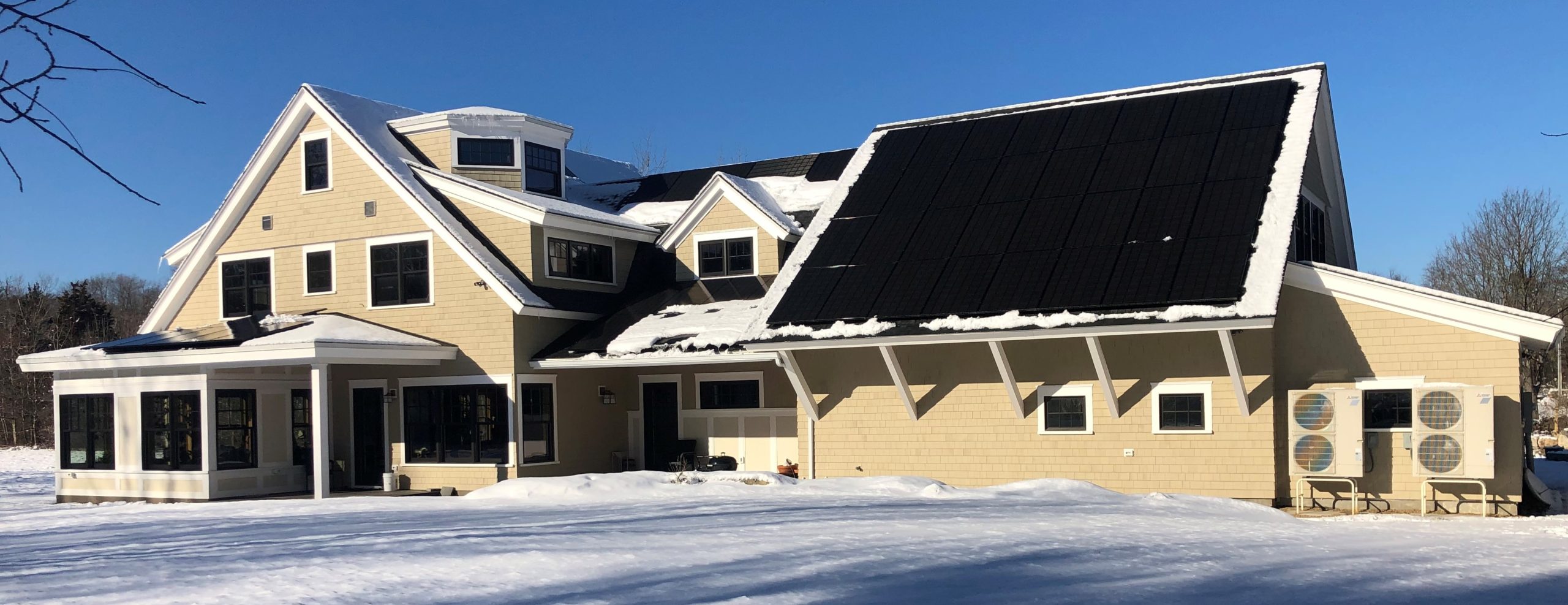Use Outputs from Energy Modeling Software with Caution

The building of a net-zero house requires the forecasting of both the energy production and energy demands of the house. There are computer software models that can be used to make these forecasts. However, these models can have issues.
Forecasting energy production (at least for solar panels) is generally quite accurate. However, the forecast for the energy demand of a house have high error ranges. Part of the problem is the difficulty of predicting how an owner will actually use the house. For example, one owner might be frugal in his energy use, while the other owner turns up the heat to 75 degrees. Over-all, the models have a wide error range with a bias to over-estimating energy use. For example, Applied Energy Volume 203, 1 October 2017, “Assessing the value of information in residential building simulation: Comparing simulated and actual building loads at the circuit level”, page 353 states:
“Of the 106 homes simulated, 46 homes saw their annual energy consumption overestimated by over 50%, 45 homes were overestimated by 0–50%, and only 15 homes were underestimated. “
For THE HAYFIELD HOUSE, the HERS model very accurately forecasted energy production from the solar panels, but slightly overestimated energy use by about 5%. The problem is that you don’t really know how accurate the forecast will be until after your house is built and you’ve obtained actual annual energy metrics for the house. Furthermore, the measured results only are applicable to that specific house and for the current occupants. The next owner or occupants may be more or less energy frugal than you, resulting in much different heating and cooling loads.
FORECAST VS ACTUAL ANNUAL ENERGY FOR THE HAYFIELD HOUSE 2020
| HERS forecast | Actual | Difference % | |
| Energy use | 91.2 MMBtu | 86.3 MMBtu | -5.4% |
In summary, the HERS modeling for the Hayfield House produced reasonable answers. However, the Manual J model used to calculate the heating and cooling loads for the house vastly overestimated the heating and cooling loads by as much as 2X. As a result, my house has two Mitsubishi H2i Outdoor units (each rated at 42,000 BTU/hour) when possibly only one unit was needed. I was belatedly told that such over-sizing of HVAC systems is a common problem. Apparently, this is not so much an issue with the computer model itself, but rather due to improper assumptions plugged into the model (i.e. modeling error). Some have suggested that this is due to the HVAC installers not wanting to undersize a system, and/or just wanting to sell you a bigger and more expensive system. A more likely cause of the problem is that the users of the Manual J model are not experienced modeling highly insulated houses with low air leakage rates. As a result, the modeler has no feel for whether the model is spitting out a ‘garbage’ answer. After the fact, I had an energy consultant (that was highly experienced modeling net-zero houses) lead me through the proper inputs into his energy model. The output from his model quite closely matched the actual energy needs of my house. From experience, that expert would have immediately known that the Manual J calculation done for my house was computer ‘garbage’.
Architects/builders/energy modelers that have experience with zero net-energy houses have an advantage. They can use empirical evidence from previously built houses to check their forecasts. BUT, presently, not all builders/architects/modelers have this experience. This suggests one should contract with professionals who are experienced with building net-zero houses.
So the moral of this story is:
Before your computer spits out an answer, you’d better have a ballpark idea of what the correct answer should be.




[…] I also knew nothing about air-source hot water tanks that are used in many ZNE homes. That was OK,…